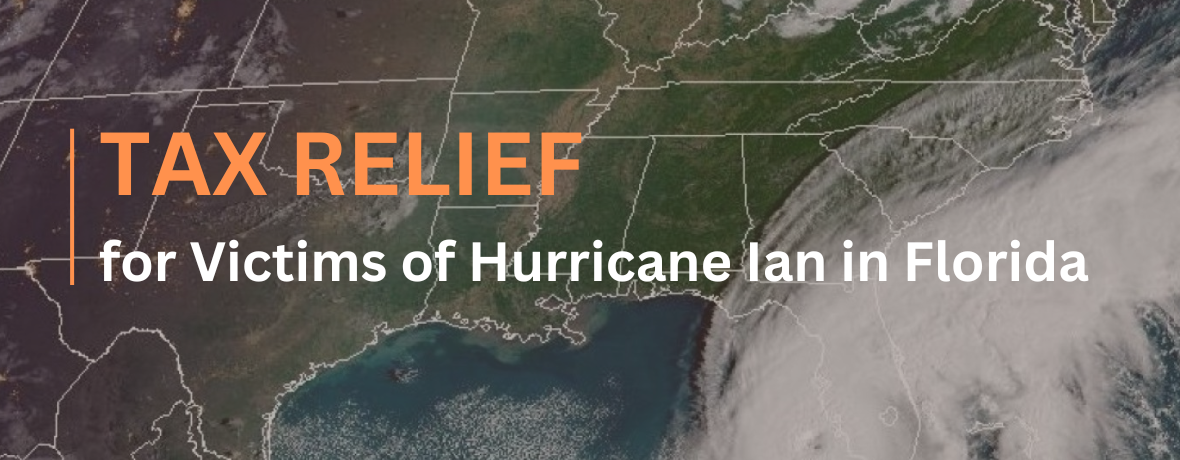
A Broader look at the SECURE Act
Financial security in retirement is a major concern for Americans. One-third of Americans have less than $5,000 saved for retirement. 56% don’t know how much they’ll need to retire.
In an effort to mitigate this crisis, the Trump administration has created the SECURE Act. SECURE legislation, which stands for “Setting Every Community Up for Retirement Enhancement,” outlines measures to create a stronger retirement system for Americans.
The SECURE Act originally passed the House in July but was approved by the Senate on December 19, 2019. The passing of the legislation itself draws attention to major problems within the retirement system: the lack of universal coverage and how individuals can access their retirement assets.
Does the bill solve these problems? Here are some of the major changes:
Employers and employees have more options
One of the biggest concerns when planning for retirement is how to save money in the first place. The golden days of widely accessible employer-sponsored pensions are long gone and the 2008 recession fundamentally altered the economic landscape. Today only 57% of American workers have employer-sponsored retirement plans; only 39% actively participate.
There are reasons for the low numbers on both sides of the table. While many employers prefer to offer alternative benefits like paid time off and health plans, others lack the stability to do so. Employees, on the other hand, don’t – or can’t – always take advantage of them. Nonetheless, it all contributes to a less-than-ideal retirement system for each side.
Benefits for employers
The SECURE Act looks to improve this situation by incentivizing employers who make retirement plans available to non-highly compensated employees through increased tax credits. An additional tax credit is also offered if they provide automatic enrollment features in new or current 401(k) programs. This provision is seen as a good move by most; automatic enrollment in a plan is shown to be a major factor in employees successfully building their retirement savings.
The SECURE Act also creates a safe harbor for employers choosing a defined-contribution plan that includes annuities. In-plan annuities offer lifetime income to employees – a win! – but employers have been concerned about being on the hook for payouts if something happens with the annuity provider later down the road.
Expanded eligibility for employees
Moreover, the SECURE Act expands 401(k) eligibility to part-time employees, an approach that could potentially benefit the 17 percent of the population that works less than 35 hours a week. However, these employees have to have worked for their employers at least 500 hours a year for three consecutive years to qualify. Moreover, the law doesn’t require employers to offer a full-time retirement benefits package for part-time staff.
Multiple Employer Plans get their due
While these provisions address who can access plans, it doesn’t touch on what kind of plans are available. A struggle for many small- to mid-sized businesses is offering affordable plans to their employees. Multiple Employer Plans (MEPs) can help bridge this gap by allowing unrelated companies to share access to retirement plans for a lower cost.
Previously, employers could only offer a MEP if they shared a connection with other businesses, such as membership with the same association. The SECURE Act removes this barrier, and also allows asset managers to promote “open” MEPs to unrelated small businesses.
Minimum distribution age, maximum contribution age
Another significant change to the retirement system is the adjustment of minimum distribution and maximum contribution ages. Historically, IRA account holders have had to start withdrawing funds by the age of 70 ½.
Didn’t need the money? If you didn’t take the required minimum distribution (RMD), you were subject to a 50% penalty tax on that amount. The SECURE Act increases the age to 72, which leaves additional time for funds to mature.
Age restrictions are also removed from IRA contributions. Just like for RMDs, individuals can contribute to their IRAS up until the age of 72. Both these updates bring tax requirements in line with current life expectancies.
(And if you’re still in the workplace? As long as you don’t own over 5 percent of the business, you can contribute to your IRAs and put off withdrawing from them until you retire.)
Brace for IRA impacts
One important change in the SECURE Act will subsidize the entire act: the removal of the stretch IRA. The stretch IRA, ominously known as the death tax, previously allowed non-spouses – typically a child or grandchild – who inherit retirement accounts to stretch out required minimum distributions over time.
The changes now require inherited IRAs to be fully paid out within 10 years of the death of the original account holder, which raises an estimated $15.7 billion in additional tax revenue.
What people are saying
The passage of the SECURE Act enjoyed wide, bipartisan support, passing in the House earlier in 2019 by a 417-3 vote, which in and of itself demonstrates the importance of retirement security on a national level. However, responses to the bill are varied.
Supporters of the Act take an enthusiastic stance. “Anything that can produce an inducement to get the average American worker to save is a big deal,” commented George Gagliardi, owner of Coromandel Wealth Management. “It’s a plan for the vast majority of American workers. It’s a big win for most everybody.”
Comments from the economic policy-focused Brookings Institute noted that “The Act is a step in the right direction, but it does not address the 55 million U.S. workers with no workplace retirement plan.” Similarly, concern has been expressed over specific aspects of the bill such as the annuities provision or the recalibration of stretch IRA practices.
Regardless, while Baby Boomers are moving quickly into retirement, the Gen-X and Millenial populations are still unknown quantities. It’s likely that the SECURE Act’s true impact won’t be felt for decades.
If you have concerns or questions regarding how the SECURE Act might affect your tax and retirement planning, do not hesitate to call Bederson. We are at your service.
continue reading
Related Posts
More than three million residents are eligible for up to
The IRS has provided tax relief for victims of Hurricane
Resources: https://www.irs.gov/businesses/small-businesses-self-employed/virtual-currencies Virtual currency transactions are taxable by law just




